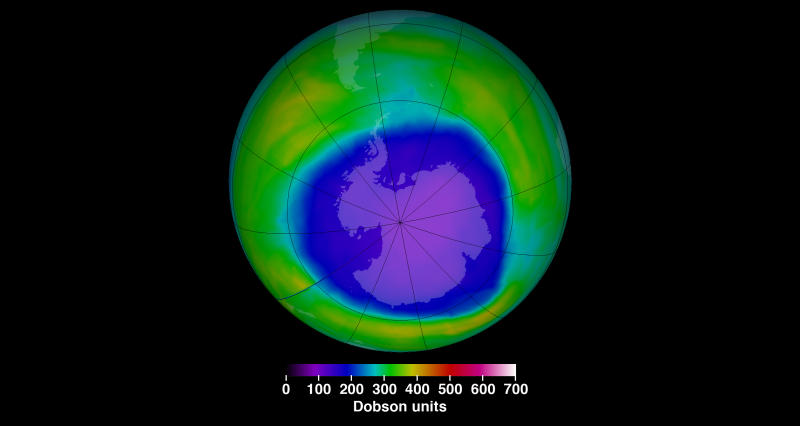Image: 2015 Antarctic ozone hole area approaches annual maximum

The Antarctic ozone hole, which typically reaches its annual peak area between mid-September and early October, formed more slowly this year but quickly expanded to cover a larger area of low ozone values than the past few years, according to NASA and National Oceanic and Atmospheric Administration (NOAA) scientists.
While the current ozone hole area is large, this area is consistent with scientists' understanding of ozone depletion chemistry and the colder than average 2015 stratospheric weather conditions, which contribute to ozone depletion.
The Antarctic ozone hole, located above the South Pole, expands during every Southern Hemisphere Antarctic spring. Additional information will be forthcoming about this year's ozone hole in late October. Dobson units are a measurement of the concentration of atmospheric ozone.
Provided by NASA


















